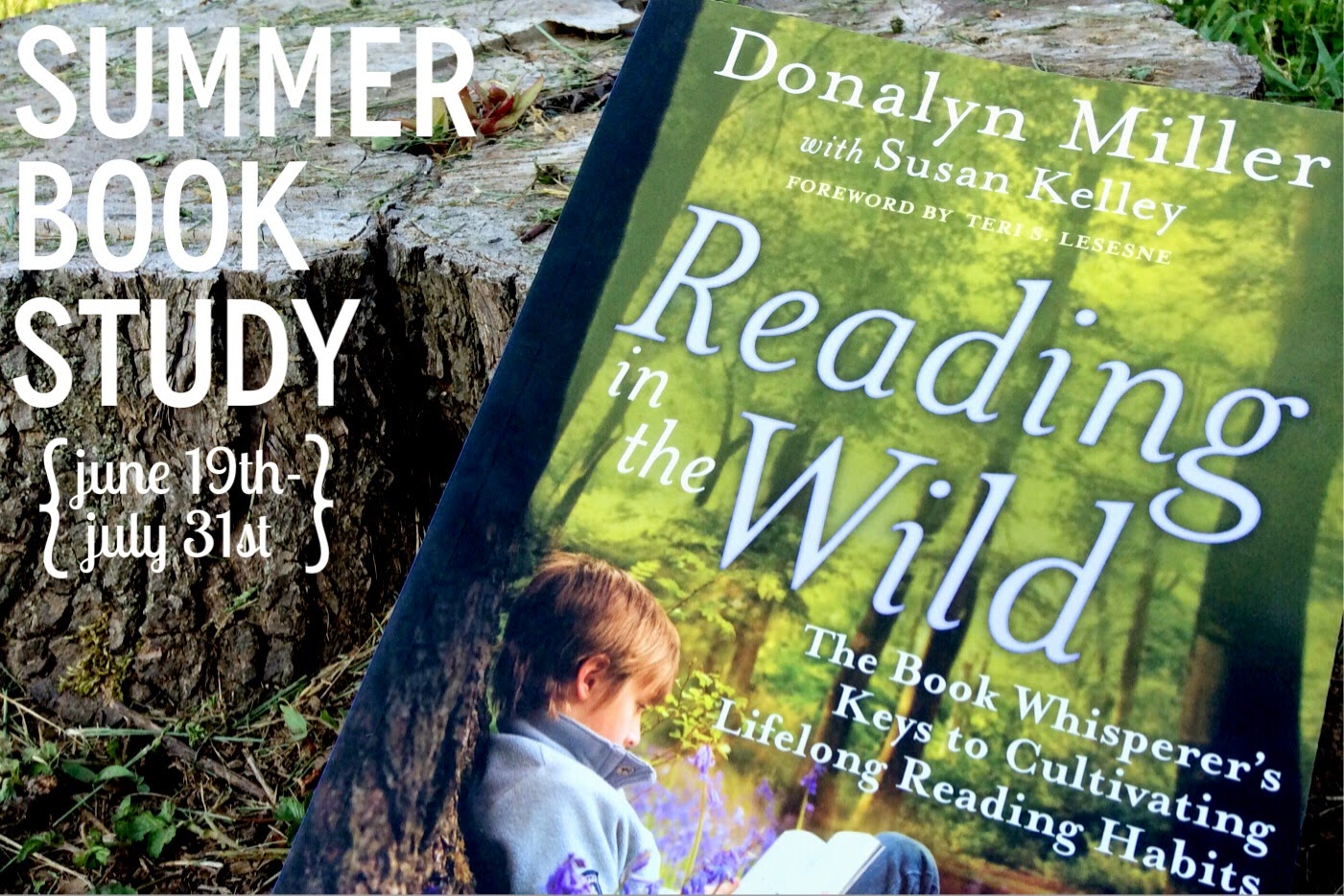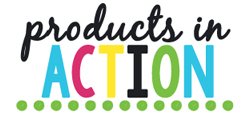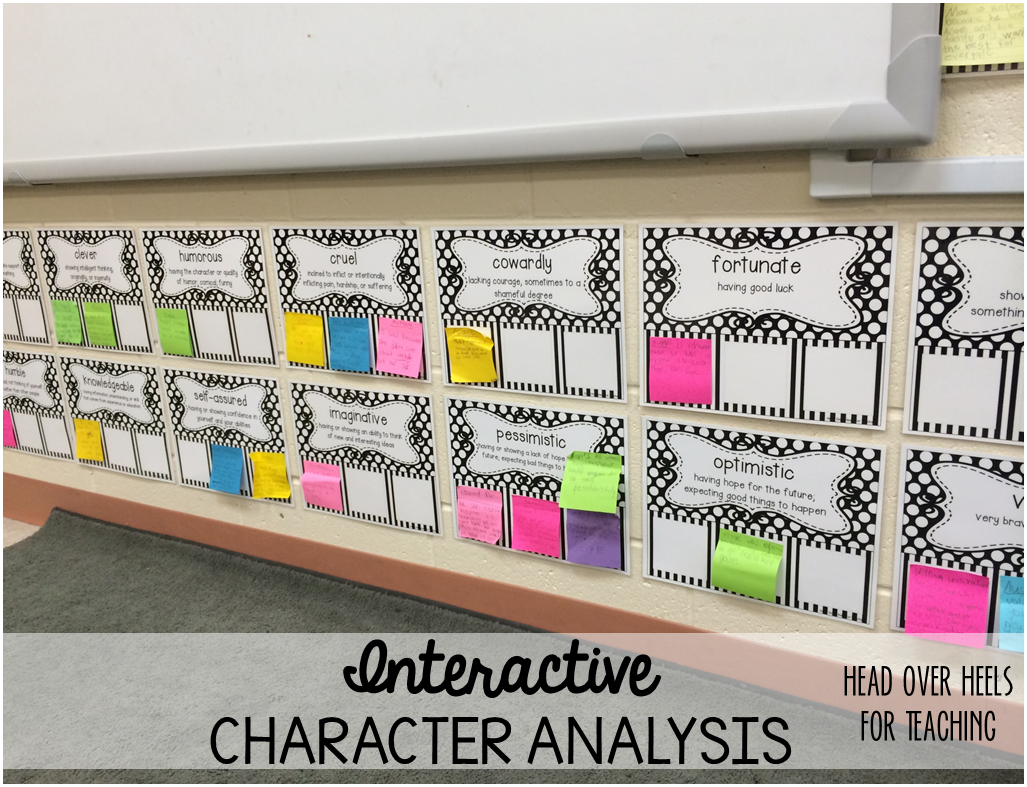I am so glad that I'm a part of this summer book study! (It holds me accountable!)
These two wonderful bloggers are hosting this week's book study!
I want to share with you what I read about in chapter 1 of Reading in the Wild (Wild Readers Dedicate Time to Read). When you read a book written by a reading guru like Donalyn Miller and learn that you do many of the things she suggests already in your class it makes you feel great about your practice. It confirmed some of my thinking for my reading classroom and gave me some things to tweak and think about. Let me share...
Donalyn Miller discusses the importance of providing students reading time at school and home, which we all know to be true, but sometimes can be challenging with schedules, state mandates, testing, the list goes on. I have independent every day. It is not a center in my classroom...my first year of teaching I realized that didn't work for me. I couldn't monitor their reading, it was loud, and I wasn't always sure if they were skipping or doubling up on the reading center since my groups change so much. So, while I pull my first guiding reading group everyone else is reading. It's perfect because if I finish early I can meet with individual students during this quiet time too. You just have to make sure you rotate which group you call first so the same group doesn't miss it every day.
To try to get my parents involved at home, I show this data at open house. I find it to be very eye opening to parents. (Donalyn uses different research in her book, but shows the same results...the more you read, the higher your reading achievement). I encourage my parents to have a family routine for reading time and to be readers in front of their children.
*This chart is a powerful tool to show parents.
One of the first things you should do in your reading classroom is build stamina for independent reading. I usually start off with about 10 minutes the first day and add five minutes a day as they are ready until we get to 30 minutes. I explain it's like runners practicing for a marathon, they don't run 26.2 miles the first time they run. We need to take small steps (together).
**I love the first day when I ask them to stop reading after 10 minutes because it's usually not enough time for 4th graders even at the beginning of the year and they get so mad! LOL! Of course, this builds excitement for the next day! I want my students to BEG me for reading time! Sometimes I surprise them with a Reading Recess (ooooh, aaaaah)! This year I plan to create a class graph of our progress. I think this visual will motivate my students to attain the 30 minute goal!
We talk about expectations before we begin our reading time, so the tone is set, but we revisit our chart after we read that first day after they observe other behaviors they want or don't want to see again.
*This anchor chart was compiled by ideas from my class 2 years ago. I make a new one each year.
After a couple days of reading, I notice some of my students aren't "reading", so we meet on the carpet to create an anchor chart of what they think fake reading and real reading looks like. I love when they spill all their "fake" reading secrets! Oops!
*This anchor chart was compiled by ideas from my class 2 years ago. I make a new one each year.
One of the ideas I want to implement from Donalyn is recording my observations (for several days) from a student who is fake reading and then use them when I conference with them. You know those students who spend most of their reading time "looking" for a book, distracted by every little thing around them, or those struggling students you know couldn't possible read The Yearling, but "'pretend" to read it anyway. This will be a powerful tool to use when conferring with them and setting reading goals.
Another idea shared by Donalyn (I like calling her by her first name like she's my friend!) was to talk with your class about their favorite places to read. I plan to record all their favorites to try to make sure our classroom is set up with an environment they will all be happy, motivated wild readers.
One of the challenges I face every year is giving my struggling readers enough time to read every day in class. Donalyn stresses the importance of allowing this time. "We reduce the effectiveness of reading interventions when we don't provide our lowest-performing students reading time and encouragement. Developing readers need more reading, not less." My problem is these students need double reading groups (I am the ESE/Resource push-in class) and need to be "remediated" more often so they lose that time to read independently. I need to balance my schedule and rotation of groups better so these students can practice the skills and strategies I've taught while reading on their own. Definitely one of my high priority goals for next school year.
**Do you have any suggestions or tips for carving out more time for struggling readers?
I'd love to hear your suggestions or thoughts about this post!
Check out all the other great posts about this fabulous book! This subject is such a love for me so it's an easy read! Order a copy today to read along with us! You don't have to be a blogger to comment-the more we share, the more we learn!





































































